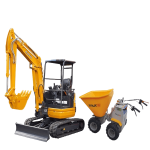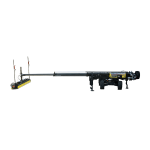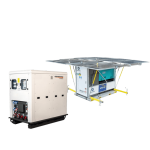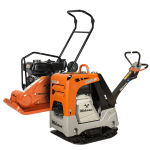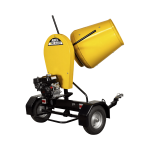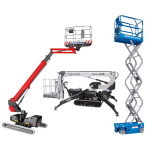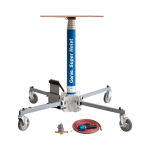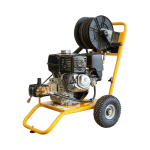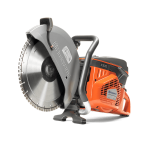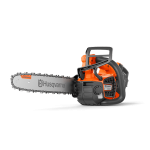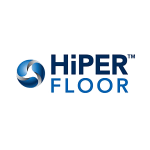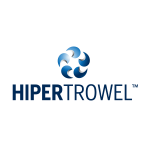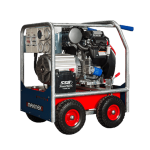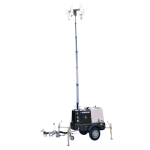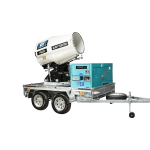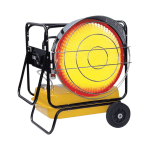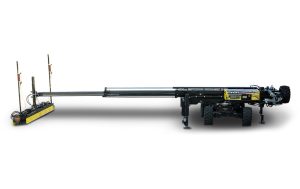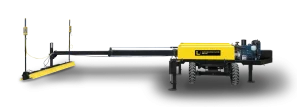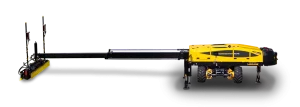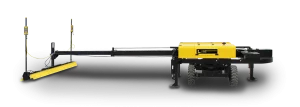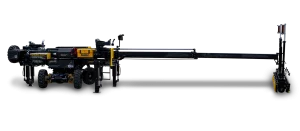Laser Guided Concrete Screed
Ligchine innovative laser-guided and 3D LPS- guided concrete screeds are at the forefront of automated concrete screed machines that service flatwork companies from small owner-operated companies to large concrete contractors.
These laser-guided 3D LPS screeding systems from Ligchine International are easy to manoeuvre and help those laying concrete to improve productivity and produce a high quality surface with a more profitable outcome. Concrete screeding equipment helps contractors deliver a flatter, more level concrete floor more efficently and profitably. The full range of automated flatwork concrete screeding machines have a square meter rate of 278m-929m per hour. Ideal for both small and larger concrete placing contractors to deliver a concrete floor more quickly while maintaining level accuracy.
Category name
Laser Guided Concrete Screed
FAQs
What is a laser-guided concrete screed?
Laser-guided concrete screeds are specialised concrete construction equipment for levelling and finishing concrete surfaces. They utilise a 3D LPS laser system to precisely level the concrete surface by automatically adjusting the boom and height of the screed head, ensuring a flatter, more level concrete floor.
How does a laser-guided concrete screed work?
The laser-guided concrete screed works by emitting a laser beam from a sensor on the screed machine across the area of the concrete floor. The sensor constantly measures the elevation of the laser beam and adjusts the screed head’s height accordingly, allowing for accurate concrete levelling as the machine’s vibrating head is drawn across the freshly poured concrete.
What are the advantages of using a laser-guided concrete screed?
The advantages of using a laser-guided concrete screed include significantly improved levelling precision, reduced labour requirements, faster concrete finishing times, as well as the ability to achieve exceptionally smooth and uniform concrete surfaces, which is crucial for projects requiring high-quality finishes or large-scale concrete pours. Additionally, it minimises the need for manual correction, enhancing overall construction efficiency and quality.
